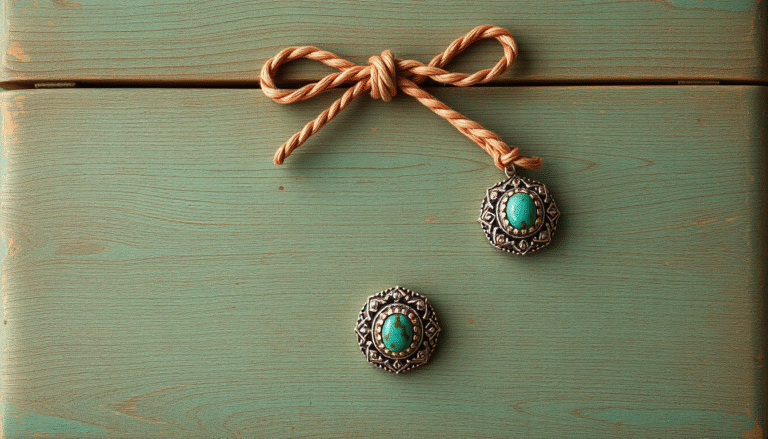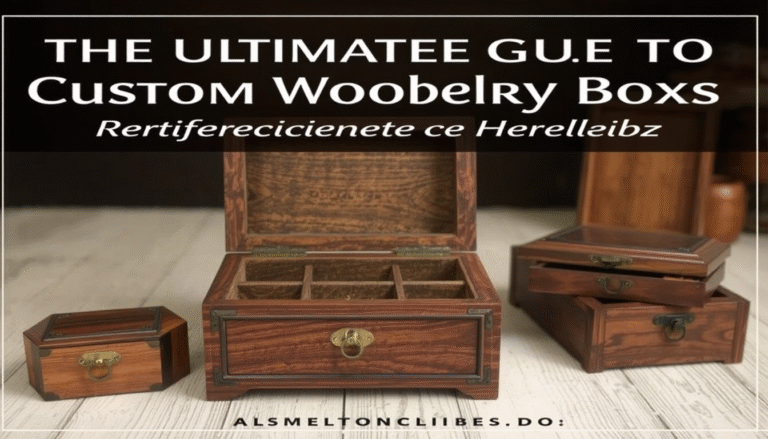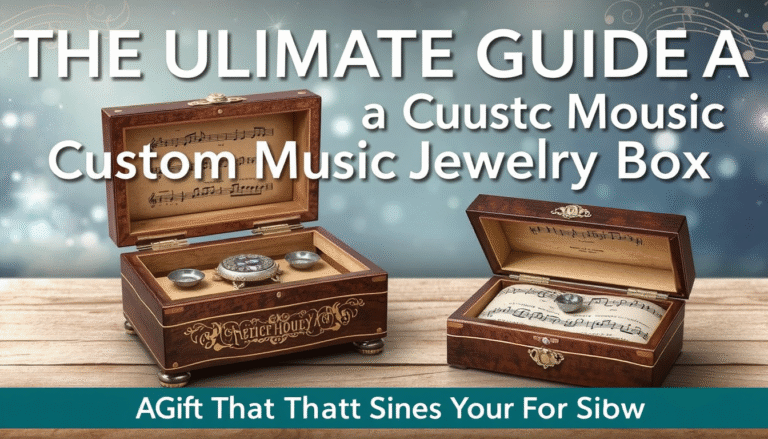A fair trade jewelry box is just that. It transcends mere storage to become an object with a soul — a beautiful, useful thing that carries at its heart a profound dedication to ethical craftsmanship and a fairer world. This is an investment in art, in sustainability, and in human dignity.
This guide will explain all of it. We will explore:
-
The true definition and principles of “fair trade.”
-
The profound impact your choice has on artisans, communities, and the planet.
-
How to confidently identify a genuinely fair trade product.
-
The unique materials and craftsmanship that make each box a work of art.
Unpacking the Promise: What “Fair Trade” Really Means for Your Jewelry Box
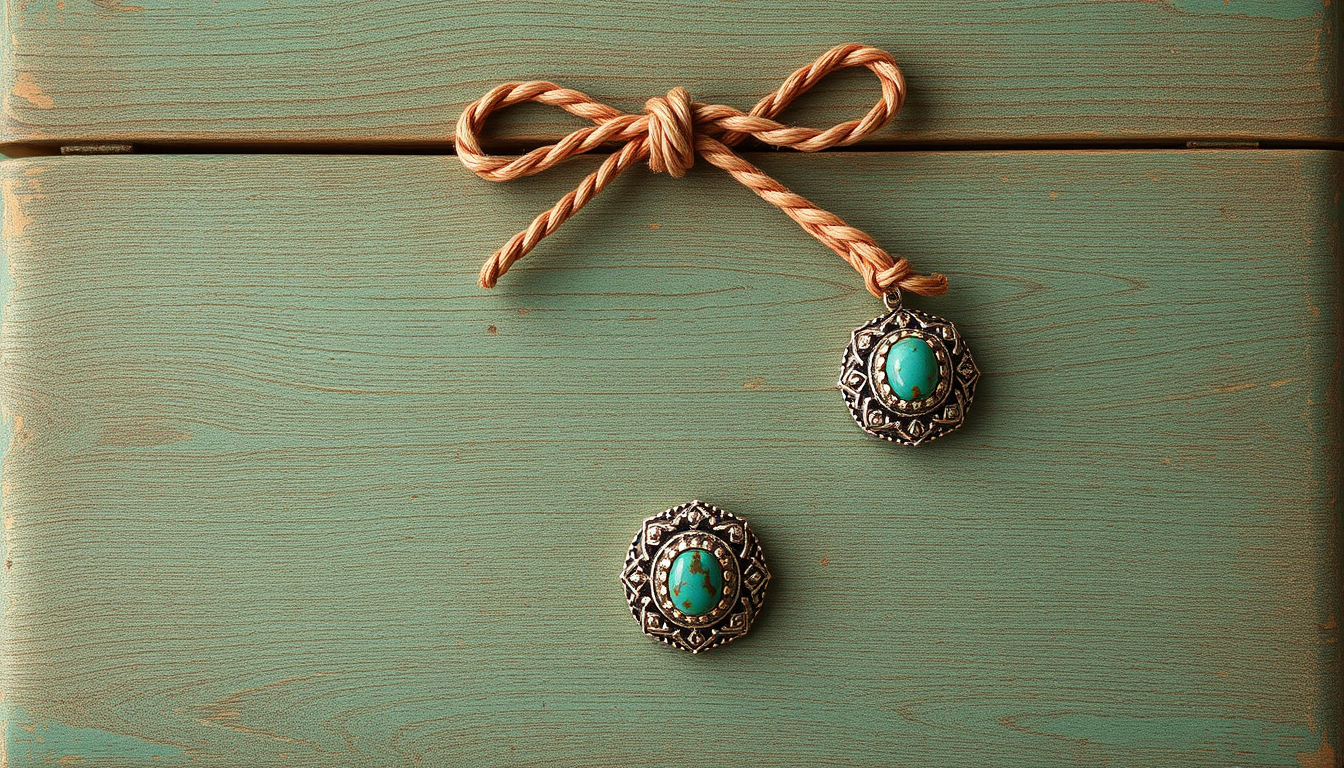
“Fair trade” is not just a marketing label. It’s about a fundamental realignment of the way business does business — a model that allows stakeholders who include the dispossessed and the environment to share in its profits. This is a structured relationship of open dialogue, transparency and respect.
When you see a fair trade jewelry box, it means the item was created within a system that follows strict ethical standards. From getting raw materials to the final polish, the entire process is done with fairness and integrity. To truly understand what fair trade truly means, we must look at the main principles that guide it.
The creation of a single jewelry box under these guidelines involves a commitment to several key rules, often guided by organizations like the World Fair Trade Organization (WFTO) and their published the 10 Principles of Fair Trade. These include:
-
Fair Wages: The artisans set the price for their goods- we enable them to support their families and invest in their futures.
-
Safe & Healthy Working Conditions:Workshops are safe, and producers work to remove forced labor and child labor from the supply chain.
-
Environmental Stewardship: Makers are choosing to use sustainable, salvaged or recycled materials to help reduce the impact on our planet.
-
Community Investment: Many fair trade companies also reinvest much of the revenue they make into the communities in which they work helping such needs as basic healthcare, clean water, and education for artisans children.
-
Cultural Preservation: Traditional crafting methods, passed down for generations, are well-kept and preserved while special upcycled materials are used to help you take a step into the more fashionable world.
The Ripple Effect: Why Choosing a Fair Trade Jewelry Box Matters
A nonchalant transaction can set off a cataclysmic ripple of good. When you opt to invest in a fair trade jewelry box, you are making a decision to support an entire way of life, transform the environment, and invite a touch of special, story-filled touch into your life. The global handicraft industry is essential income for millions, particularly women in the rural areas and with your purchase, you make certain that we will continue protecting and promoting of the generations old craftsmanship.
The real-world impact of Fairtrade certification and similar ethical systems creates a real difference across the board.
| Area of Impact | How Fair Trade Makes a Difference |
| Artisans | Provides economic stability, safe work, and preserves cultural skills. |
| Environment | Promotes sustainable resource use and low-impact production methods. |
| Consumers | Delivers a high-quality, unique product with a transparent and ethical origin story. |
For the Artisans: Empowerment and Dignity
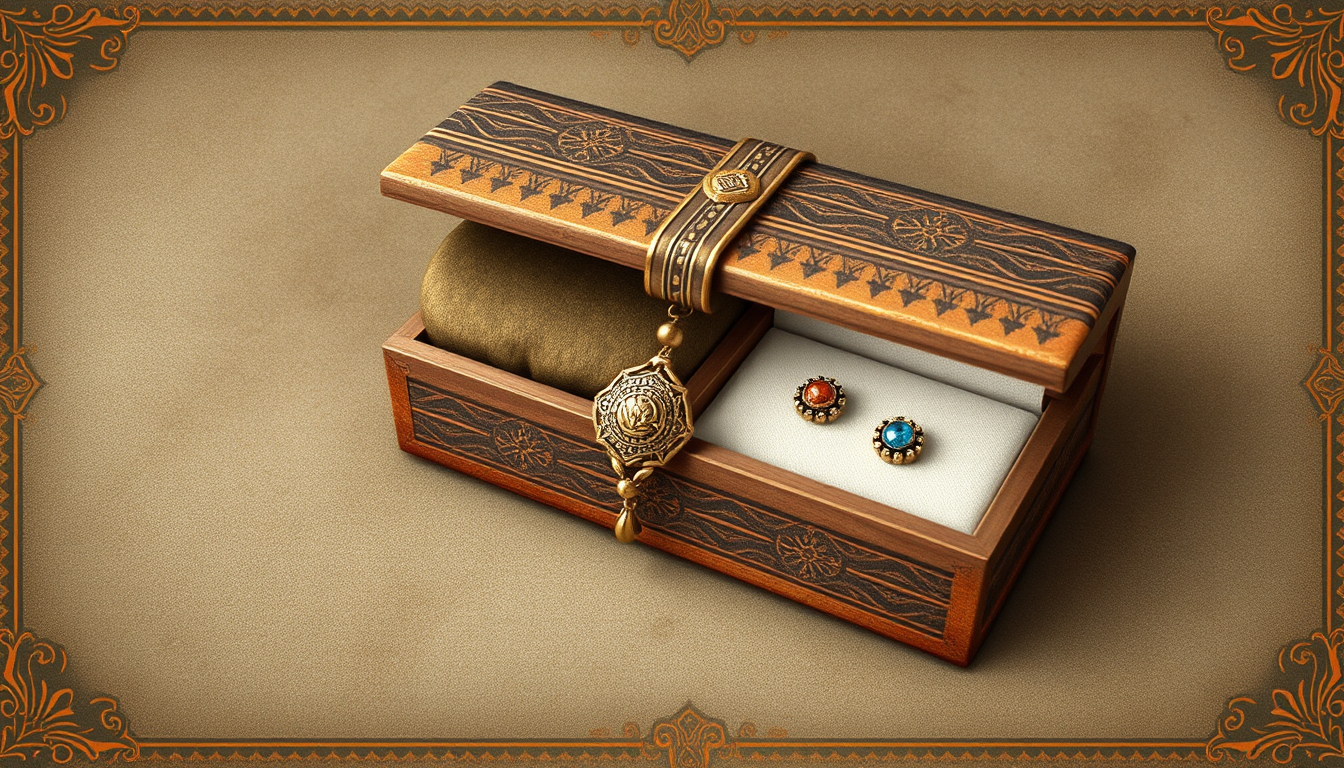
For us, as artisans, fair trade is the way to economic freedom and dignity. They are not mere cogs in an anonymous supply chain but important collaborators in a global marketplace.
Healthy wages enable them to consistently support their families, breaking the poverty cycle. It also develops skills, as workshops teach new techniques and business management, which in turn allows artisans to grow their businesses. Above all it celebrates their rich cultural heritage, helping to ensure that the skills of carving, weaving and working with metal, which have been passed down through generations, can endure.
For the Planet: A Kinder Footprint
Good practice intersects with environmental practice. These lovely jewelry boxes are made with their beautiful hand-block printed designs with the deep reverence for the Earth’s resources thanks to Fair Trade.
Many are made from fast-growing, sustainable wood from well-managed forests, like mango wood, which is often sourced after the tree has finished its fruit-bearing life. Others showcase incredible ingenuity through recycled materials, such as reclaimed sari fabrics providing a vibrant lining or discarded metals and bone transformed into intricate inlays. Production methods favor natural dyes and low-impact techniques, reducing pollution and conserving water.
For You: A Unique Piece with a Soul
A true choice for quality and character! You won’t get the warmth or personality of a handmade thing from mass-produced items.
Each box bears the quiet trace of its creator, the small variation in a chiselled line, the character of the wood grain, a hand-stitched notch. And in that “perfect imperfection” you can find the mark of truth. You get a pretty, quality piece and the heartwarming feeling of knowing the story and the good that came of it.
A Conscious Shopper’s Checklist: How to Spot a Genuinely Fair Trade Jewelry Box
It can be difficult to find the real thing, in part because of “fairwashing,” or misleading ethical claims, but also because long supply chains, intermediaries, brokers and lack of knowledge about the origins of various materials in the earth keep the prices down. We’ve compiled this list of five features to help you shop with confidence and ensure you’re truly supporting the values you believe in.
Use these steps to verify that a fair trade jewelry box is the real deal.
-
Look for Certifications:
-
Recognized seals from organizations like the Fair Trade Federation (FTF) or the World Fair Trade Organization (WFTO) are strong indicators. Members of these groups undergo a rigorous vetting process.
-
Keep in Mind: Certification can be expensive. Many small, legitimate artisan cooperatives may not have an official seal but operate on fair trade principles. This is why the next steps are crucial.
-
Investigate the Brand or Seller:
-
Transparency is key. Do the other stories on the seller’s site reveal anything about that seller’s artisan partners? Do they mention which community, or cooperative, where the box was made?
-
Red Flag: Any vague, big-umbrella terms such as “ethically made,” or “artisan-friendly” without any further information posted is a sign. If you are hiring for that relationship, trust in your gut — but look for substance, not just buzzwords.
-
Ask Direct Questions:
-
You can always ask the seller for help. Any brand with good ethics will boast about their supply chain and artisan connections.
-
Sample Question: “I am in love with this jewelry box. Can you share a little about the artisans who produce it and how your partnership ensures the principles of fair trade are upheld?” It says a lot about how willing and able they are to respond.
-
Analyze the Materials:
-
Check the product description. Are the materials clearly listed?
-
Look for mentions of sustainable sources like Sheesham wood, mango wood, recycled sari fabric, or reclaimed metals. A commitment to a healthy planet is a core tenet of fair trade.
-
Do a Price Check:
-
If you see a price and think it looks too low for a very special, handmade object, it probably is. Fair trade is paying a fair price so that the artisan can use quality, sustainable materials and make a living wage.
-
The price will be a mirror of the time and skill and quality materials that went into its making.
Beyond the Label: The Stories Woven into Your Jewelry Box
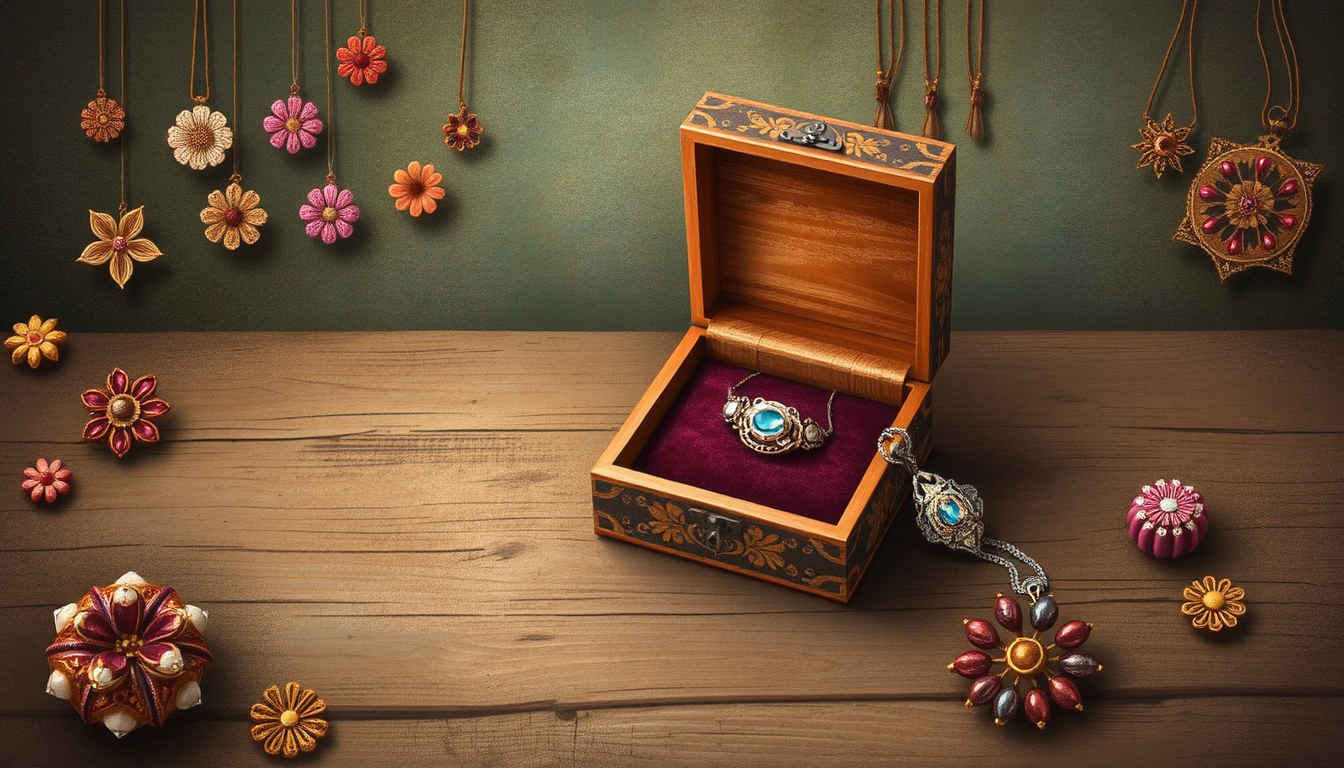
In order to truly appreciate a fair trade piece like a jewelry box, we must look beyond the idea of the label and envision the box’s travels. These are objects that are brimful of history, skill and human spirit.
Picture a workshop in Saharanpur, India, a city for centuries synonymous with master woodcarvers. The shop is fragrant with the aroma of Sheesham wood and the soft patter of tools. Here an artist does not look at a block of wood; she sees a blank canvas. The intricate “Tree of Life” they chisel by hand isn’t just a pretty pattern, a symbol to them of connection and heritage and what blooms from it — growth — that resonates deeply within their culture.
This craftsman works with a chisel in the mastery handed down from his father guarded by his and so on. Every leaf and twig is distinct. When you run your hand over the finished surface, you think about the echo of that commitment.
Or envision a women’s cooperative in a remote village where vibrant, upcycled sari fabrics are handpicked to line the inside of a jewelry box. All the various meanings of silk are part of its history. The end result is a kaleidoscope of colour and texture that’s inventive and empowering in equal measure. Never are any two boxes are the same.
This is the spirit of an artisan piece — its narrative is literally woven into its shape.
A Guide to Craftsmanship: Choosing the Perfect Box for Your Treasures
Once you are confident in the ethical origins of your jewelry box, the final step is choosing the perfect one for your collection. Beyond the story, practical considerations of material and design ensure it will serve you beautifully for years to come. When evaluating any piece, it’s wise to consider what to look for in a quality jewelry organizer, such as sturdy construction and smooth interiors, and then layer on the unique aspects of fair trade craftsmanship.
Common Materials and Their Unique Charm
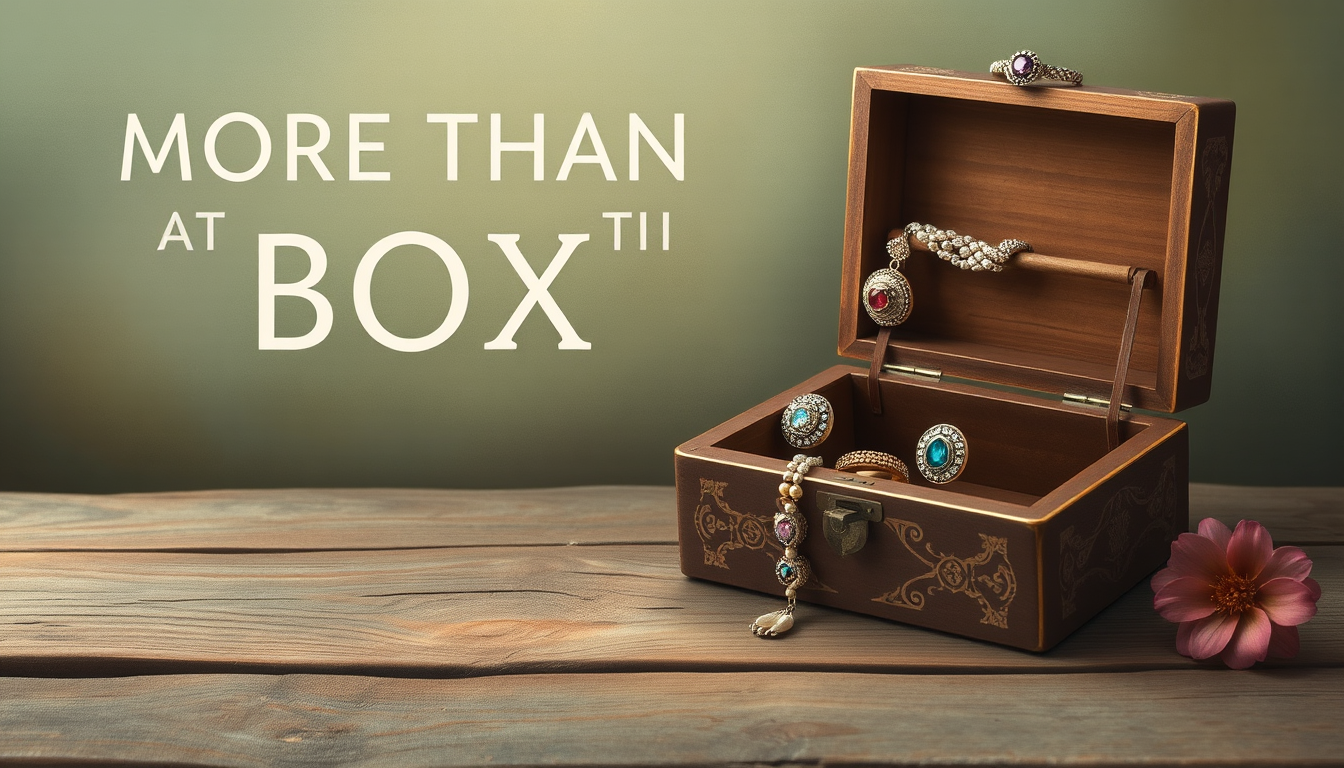
The materials used in a fair trade jewelry box are chosen for their beauty, durability, and sustainability.
-
Wood: Sheesham Wood (also known as Indian Rosewood) is a hardwood prized for its deep, rich colors and dramatic grain. Mango Wood is a wonderful sustainable option, as it is harvested after the tree is no longer productive for fruit, giving the wood a second life. Both are incredibly durable.
-
Recycled Materials: Many boxes feature linings or exterior decorations made from recycled sari fabric, adding a stunning pop of color and a soft interior to protect delicate items. Inlay work often uses recycled bone, brass, or other metals, creating intricate patterns.
-
Other Natural Materials: You may also find beautiful boxes carved from soapstone, which has a smooth, cool finish, or woven from natural fibers like kaisa grass, offering a lighter, more rustic aesthetic.
Design and Functionality
When you’re deciding, figure out what you’re going to store and get a design that meets your needs.
-
Size and Compartments: Think about your collection. Do you have many rings that would benefit from ring rolls? Long necklaces that need hooks to prevent tangling? Or do you prefer open, multi-purpose compartments for chunkier bracelets and earrings? Boxes come in all shapes and sizes, from small, single-compartment keepsakes to large, multi-tiered organizers.
-
Artisanal Details: This is where fair trade pieces truly shine. Look for unique, handcrafted features that elevate the box from a simple container to a piece of art. These can include traditional hand-carved motifs like flowers or mandalas, geometric inlay work (sometimes called Tarkashi), or intricate hand-painted designs that showcase regional artistic styles.
Conclusion
Opting for a fair trade jewelry box holds intention, if nothing else. It’s a statement that beauty and ethics can, and should, hold hands. You’re not simply purchasing a beautiful piece of the highest quality; you’re buying into a global story of empowerment, environmental stewardship and cultural heritage.
You are putting money into a system that values the artist as much as the art. Each time you open up that box to pick out a piece of jewelry, you’ll be reminded of the bond.
It is a small choice that helps build a more beautiful, equitable, and sustainable world.
FAQ
-
What makes a jewelry box qualify as “fair trade” in 2025?
A fair trade jewelry box is a jewelry box that is produced under these standard guidelines to ensure the safety and well-being of workers and to preserve the cultural skills that are incorporated in the crafting. -
How do fair trade jewelry boxes differ from regular jewelry boxes?
Fair trade jewelry boxes are made by skilled artisans in developing countries, where working conditions are better and workers are paid a decent wage using sustainable materials and old fashion skills to produce unique products of high quality and craftsmanship. -
What materials are commonly used in fair trade jewelry boxes?
Common materials used are sustainable wood such as Sheesham and mango, recycled sari fabric for liners, reclaimed metal and bone inlays, and soapstone and natural fibers such as kaisa grass. -
How can I verify that a jewelry box is genuinely fair trade?
Find certifications from organizations like the Fair Trade Federation or WFTO, dig into the brand’s level of transparency about who they partner with as artisans, ask questions about their supply chain, see if they use sustainable materials and always be mindful of prices that seem too low. -
Why are fair trade jewelry boxes typically more expensive than mass-produced options?
The price – a fair wage for artisans, sustainable material sourcing, handcrafted quality, unique design all need to work together.Create – investing in artisan communities.We believe in making the world’s most exceptional pieces that support ethical production in 2025.


